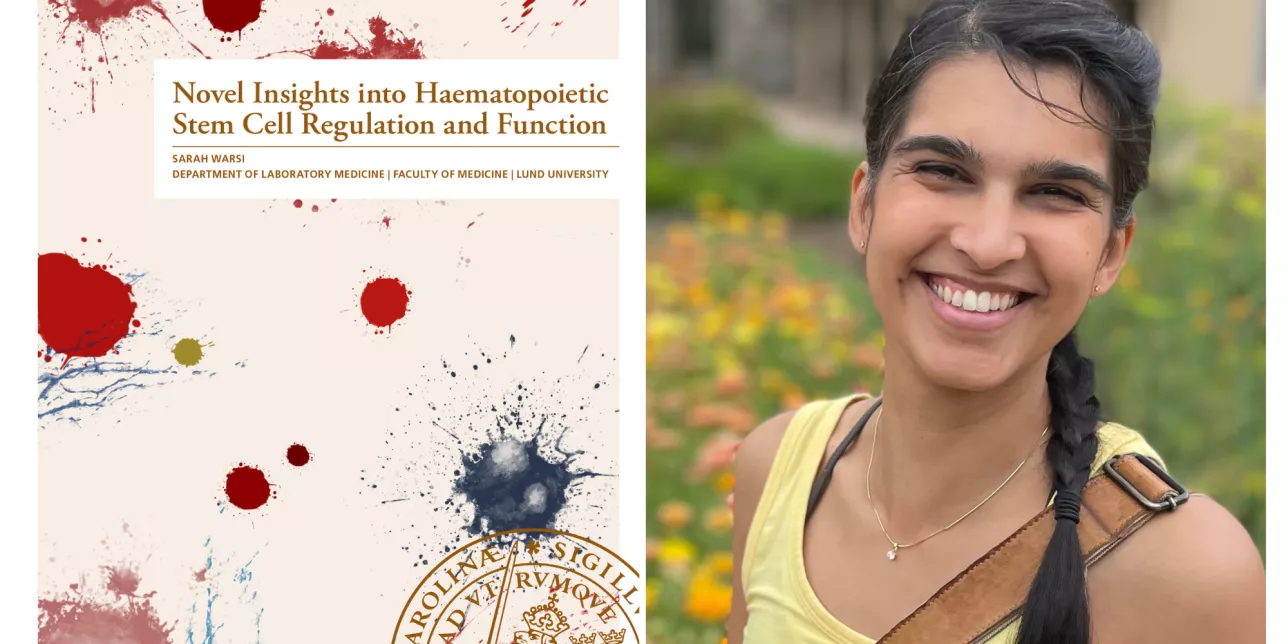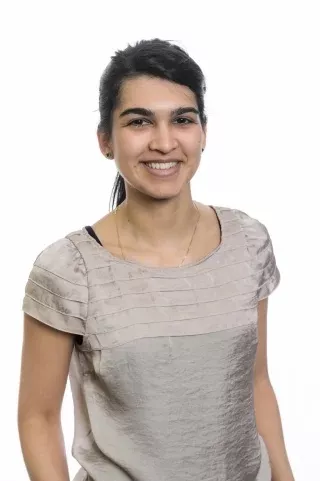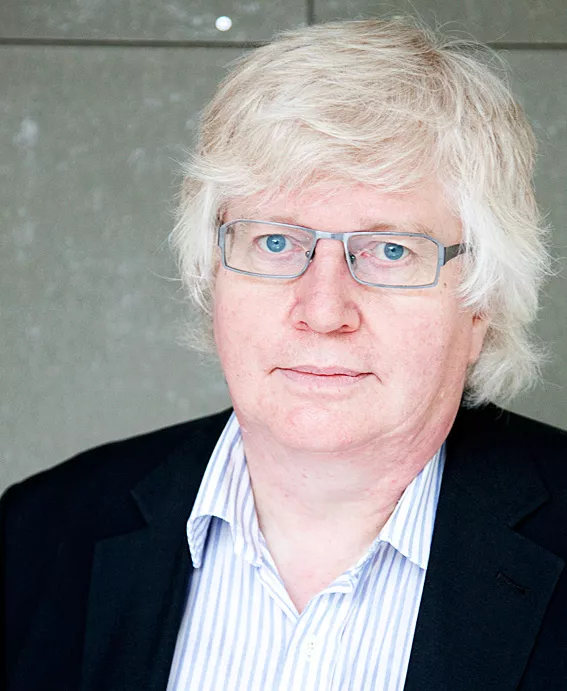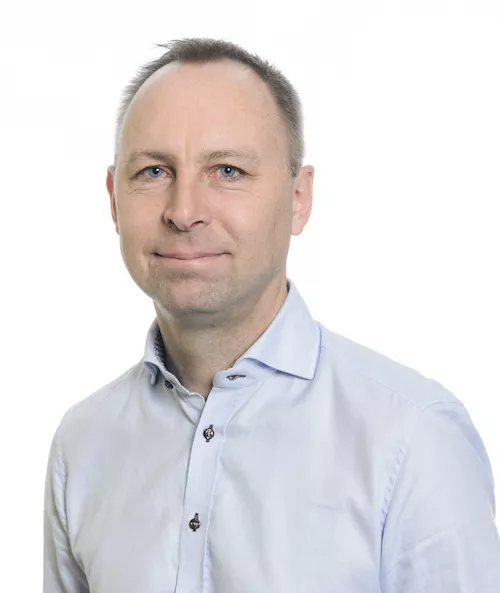What have your Ph.D. studies focused on?
“For many patients with blood disorders, a bone marrow transplantation is the only curative treatment that exists today, but it is associated with many risks. For example, before transplantation patients must undergo extensive conditioning, or preparation, often involving irradiation or chemotherapy, which are associated with increased morbidity and mortality. There is also an issue concerning donor cell availability and many patients never find a biologically matched donor to receive a bone marrow transplant.
So, the focus of my research has been hematopoietic stem cells (HSC), or blood stem cells. These cells can form all types of blood cells and can self-renew to maintain their numbers. They also have the potential to rebuild a complete hematopoietic system following a bone marrow transplantation.
With this in mind, we set out to identify novel factors that affect HSC function and their fate options by looking at two proteins - SLFN2 and BMP. The results from the first half of my thesis demonstrate that these two proteins take part in the regulation of self-renewal and quiescence, or inactivity, of stem cells, both of which are very important features for blood stem cells. Our hope is that these proteins can prove useful in future development of novel HSC therapies.
In the second half of my thesis, we provide insights into HSC transplantation in blood disorders and ways to improve morbidity and mortality for patients. This work showed, using a mouse model of Diamond-Blackfan anemia, that a bone marrow transplantation can be successful even without conditioning or with a reduced conditioning regimen,” explained Sarah.
Can you tell us more about the cover of your thesis?
“I asked two friends of mine, Laura and Ben, to make this cover for me. They are both very artistic and very good at composing images. We discussed a bit about what I wanted and then they made this cover. It represents an abstract view of hematopoiesis or the development of blood cells. So, I think everyone likely looks at this picture and sees something different.
For me, these different drops and splatters of blood represent different places in the differentiation process, from immature to mature blood cells. The little golden type of drop represents the stem cell and then the black splatter represents apoptosis, or hematopoiesis gone wrong, like leukemia, for example. So that's what I see,” described Sarah.
How did you end up doing a Ph.D. at Lund Stem Cell Center?
“Well, I am originally from Lund. So, I began by doing my bachelor’s degree in molecular biology here at Lund University. I then went to London to earn my master’s degree in integrative neuroscience – something I was very interested in and enjoyed. After that, I came back to Lund and started looking for Ph.D. positions. I had a few different topics that I was potentially interested in, so I started looking through a database of all the research going on at the University, looking at groups and different departments, and met with a few.
This is how I came across Stefan Karlsson and his Research Group, which is part of the Center. I liked the department which Stefan had started, the Department of Molecular Medicine and Gene Therapy, due to the very open and collaborative atmosphere. This is something that I think is very important to consider when choosing a Ph.D. position: to find a place where you think you'll enjoy spending time because you will spend a lot of time there.
So, I started first as a research student on a stipend in Stefan's group, and then I continued with my Ph.D. in his group,” noted Sarah Warsi.
What have you found the most enjoyable during your Ph.D. studies?
“What I found most enjoyable has changed throughout my Ph.D. studies. When I started, I really, really, loved the actual practical lab work - the pipetting, the flow cytometry, the transplantations - and everything. At that time, data analysis felt more like something that just needed to be done. Then over time, this shifted.
Now I mostly enjoy analyzing data and writing - from crafting applications and writing to summarizing results and interpreting everything. So, it has slowly changed with time, and I think maybe that is because when you're new, everything that you do mainly is practical work, and all of it is new and exciting. Then you shift towards understanding it more and seeing the overall patterns, not just within one experiment, but within the study as a whole. You start to be able to connect the dots a little bit more easily, which I find most enjoyable now,” highlighted Sarah.
What has been the most challenging aspect?
“One of the most challenging aspects has been linked to the fact that shortly after beginning my Ph.D. studies, I simultaneously started medical school at Lund University. So, since 2012, I've been doing some semesters in medical school and some semesters at the lab. This switching between has been a bit of a challenge. I think in research or anything really, continuity is important, so it is difficult to take breaks from one to focus on the other and vice versa.
Another challenge, for me, was when one of the studies that I started with - and spent a lot of time on – did not turn into anything. I think this is a challenging part of research as well, accepting that you will fail a lot, come to terms with this, and find a way to move on from your failures. It's something that you learn with time,” explained Sarah Warsi.
What are your plans following your Ph.D. defense?
“Directly after my Ph.D. defense, I'm going back to the clinic. This research time that I have had, has been a part of my clinical internship position. So, after this, I head back to the clinical part of my internship and will be working in the psychiatry ward for the next three months. After that, I then continue with the next rotations before finishing in about a year. Then I'll be applying for more specialized positions. Hopefully, in the future, I'll be able to find something where I can combine medicine and research - that would of course be optimal,” stated Sarah.
Any tips or advice for future Ph.D. students?
“Something that I wish I had done when first starting is to find more collaborative projects early on. When you start as a new Ph.D. student you are very, or I at least was very focused on my things and my projects. But to be able to finish your Ph.D. you need to have collaborations to have enough publications.
I think both that, and seeing some other perspectives, are good reasons to start collaborations early on. You do learn a lot from talking to other scientists and it is a lot of fun to gain insight into completely different things. So, if you start doing that earlier on, this gives you time to also broaden your project, which is important for finding new ways to move forward.
Though you need to maintain a balance, if you stray too far then it might be difficult to find a theme for your thesis. So, it is also good to try to focus or find projects that are in line with your own and that you could potentially use for your thesis. My advice is to take a targeted approach to collaborations, early in the Ph.D. process,” concluded Sarah Warsi.





